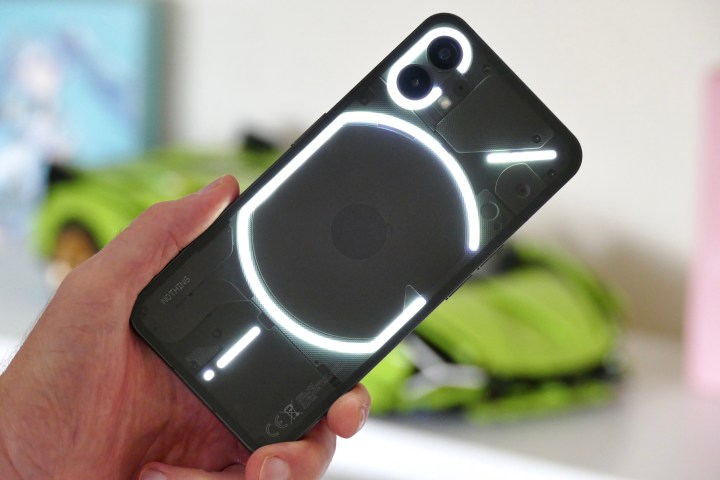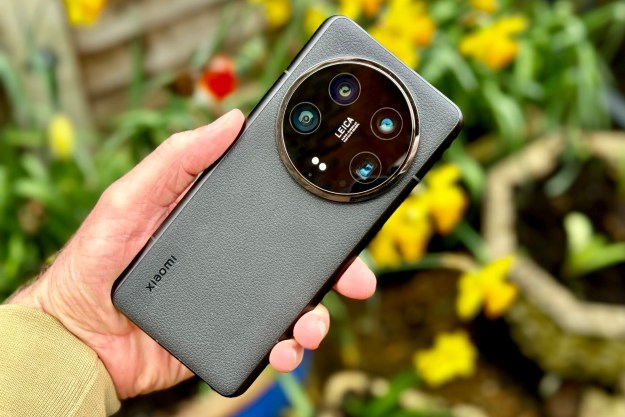Nothing just announced that it has sold over 1 million combined units of its maiden smartphone and stylish earbuds, barely a year after its first product launched. The juicy revelation came courtesy of a CNBC interview, during which co-founder Carl Pei said the company is planning to bring its flashy smartphones to the U.S. market.
The British upstart from the former OnePlus co-founder hasn’t put the Nothing Phone 1 on American retail shelves, despite the phone making positive waves in Europe and Asia. The company had argued that it was primarily focusing on markets where it has “strong partnerships with leading local carriers.”

However, the company did commit to launching “a U.S.-supported mobile in the future.” Now, the confirmation comes straight from Pei, teh CEO. He cited “additional technical support, to support all the carriers and their unique customizations” as the reasons why the Nothing Phone 1 didn’t come to Apple’s home market.
Slow, steady, and some uncertainty
We don’t know for sure whether Nothing will make its debut in the U.S. market with the Nothing Phone 1 after cleaning up the carrier hassles, or if it will be a new product. However, Pei made it clear on Twitter that the company is currently focused on polishing its first phone with software updates and that the Nothing Phone 2 was a bit further in the future.
Things still appear to be very much in the air. “Now we are in discussions with some carriers in the U.S. to potentially launch a future product there,” Pei said. Fctors like supply chain uncertainty and upheaval in the currency exchange are also not helping the company, which is yet to become profitable.
Irrespective of the Nothing-branded smartphone we get in the U.S., it is going to send ripples in the drab market here. That’s because of the high standards Nothing has set for its products. The Phone 1 is the best example of that approach. It helps that it also rocked a standout design with a functional flair that really set it apart, while the bar for competition also happens to be lower in the U.S.
More value, higher standards
Nothing’s first phone launched in India carrying a price tag of about $400, but it has now been hiked a little bit. Assuming the company retains a similar price tag for its next device and hits the U.S. shores with a $450 phone, it would be quite a competitive spectacle.

That’s the price bracket where Apple sells the iPhone SE and the playground where Google serves aces to Android loyalists with the Pixel A-series. Samsung is still trying to figure things out with the Fan Edition and Galaxy A-series phones.
The big three offer good phones for that price, but only if you live in the U.S. The compromises become obvious as soon as you see smartphones sold by Chinese brands in the same price bracket. Manufacturers from the East are already offering extras like 120Hz screens, high-resolution cameras, and 100-watt and higher charging for that premium, or even lower.
Is the Nothing Phone 1’s chip as fast as the Tensor inside Pixels or the Bionic A-series chip powering the iPhone SE? Not quite. Is it slow? Heck, no. Hear it straight from my colleague Andy Boxall, who wrote in his review that “the combination of NothingOS, the chip, and the 120Hz screen means the Phone 1 always feels smooth and responsive.”
Nothing’s got the salt to stand tall
Compared to what smartphone shoppers get in Asia and Europe, the U.S. market is the least exciting, and far more taxing on the buyers’ wallet. Will the likes of Oppo and Xiaomi ever make it to the U.S. shores? That’s unlikely for these brands selling phones at razer-thin margins, something carrier deals won’t allow.
Enter Nothing, which doesn’t offer crazy-good features, but delivers an extremely refined smartphone experience at a very palatable price. The Nothing Phone 1 has won laurels for its eye-catching design, high attention to detail, extremely clean software experience, good camera output, and a Pixel-matching Android OS update commitment.

Those are the makings of an irresistible phone. And you won’t find those qualities on any Apple, Google, or Pixel phone for around $450.
The U.S. smartphone market could use a fresh entrant as ambitious as Nothing, which has visionary leader at the helm who dreams of challenging Apple. Nothing’s arrival would mean buyers will have a compelling option to explore, one that cuts fewer corners and focuses more on the day-to-day

More importantly, a Nothing smartphone could potentially serve more value to buyers for their money instead of forcing them to pick between Apple, Google, and Samsung, with an additional serving of nagging compromises.
Raw value is what really matters at the end of the day. From the path charted by Nothing so far, it has all the potential to deliver that experience to phone buyers in the U.S., as well.
Editors' Recommendations
- 5 phones you should buy instead of the iPhone 15
- The OnePlus 12 is the OnePlus phone I’ve been waiting for
- This is our best look yet at the iPhone 16’s big design changes
- Google is going to change Pixel phones forever, and I can’t wait
- Mophie made one of the cutest iPhone accessories I’ve ever used




